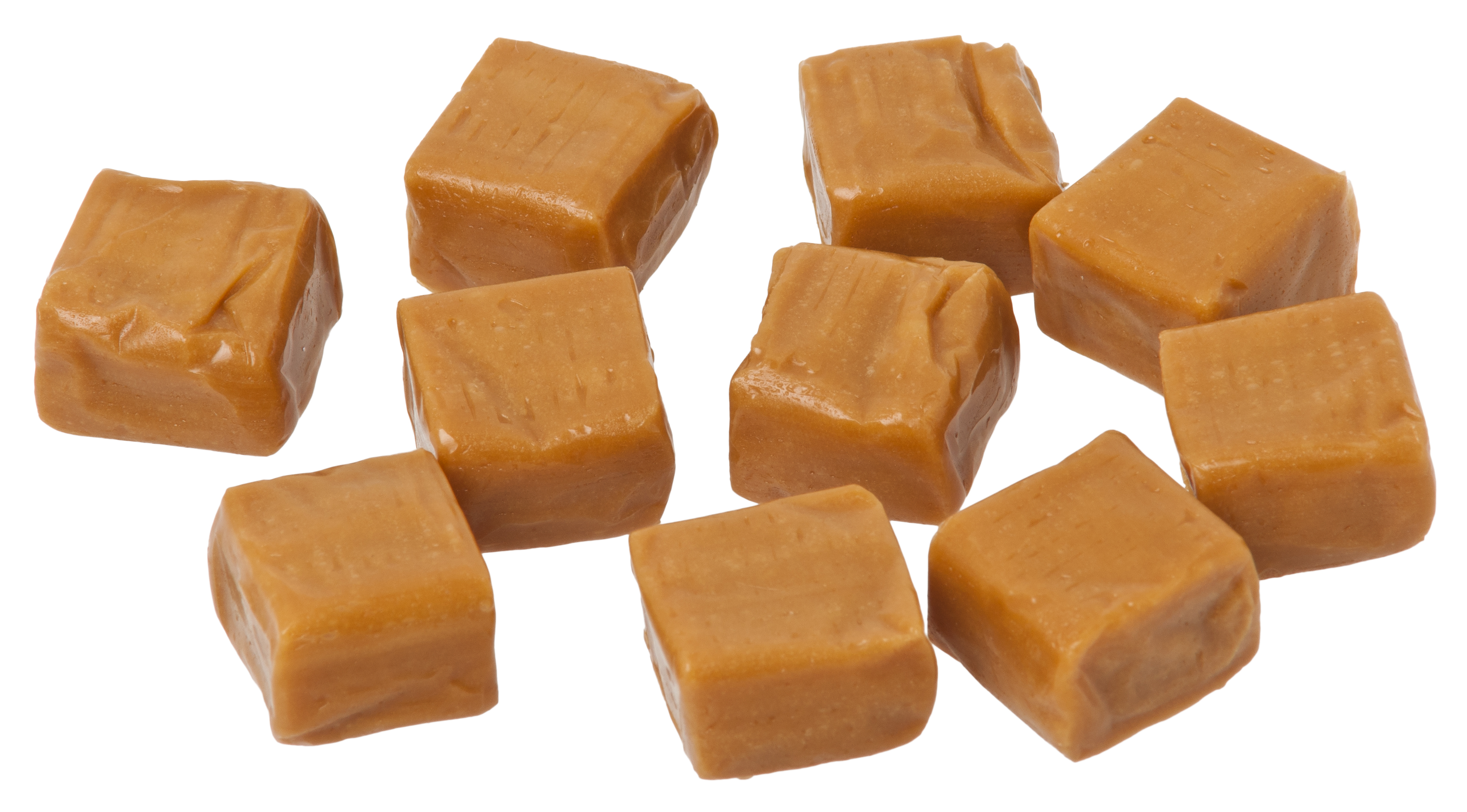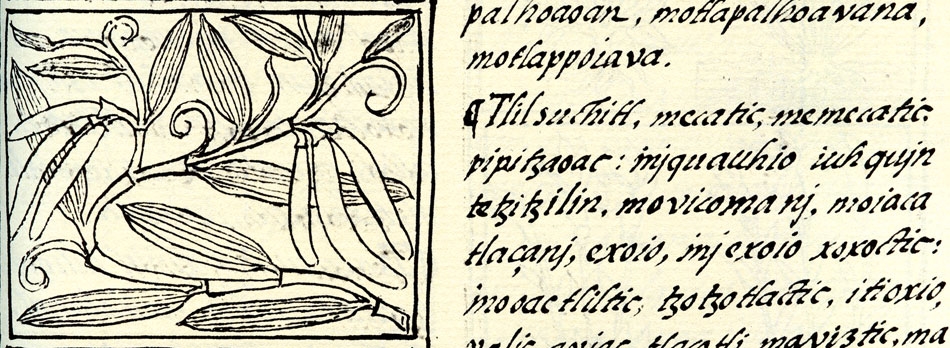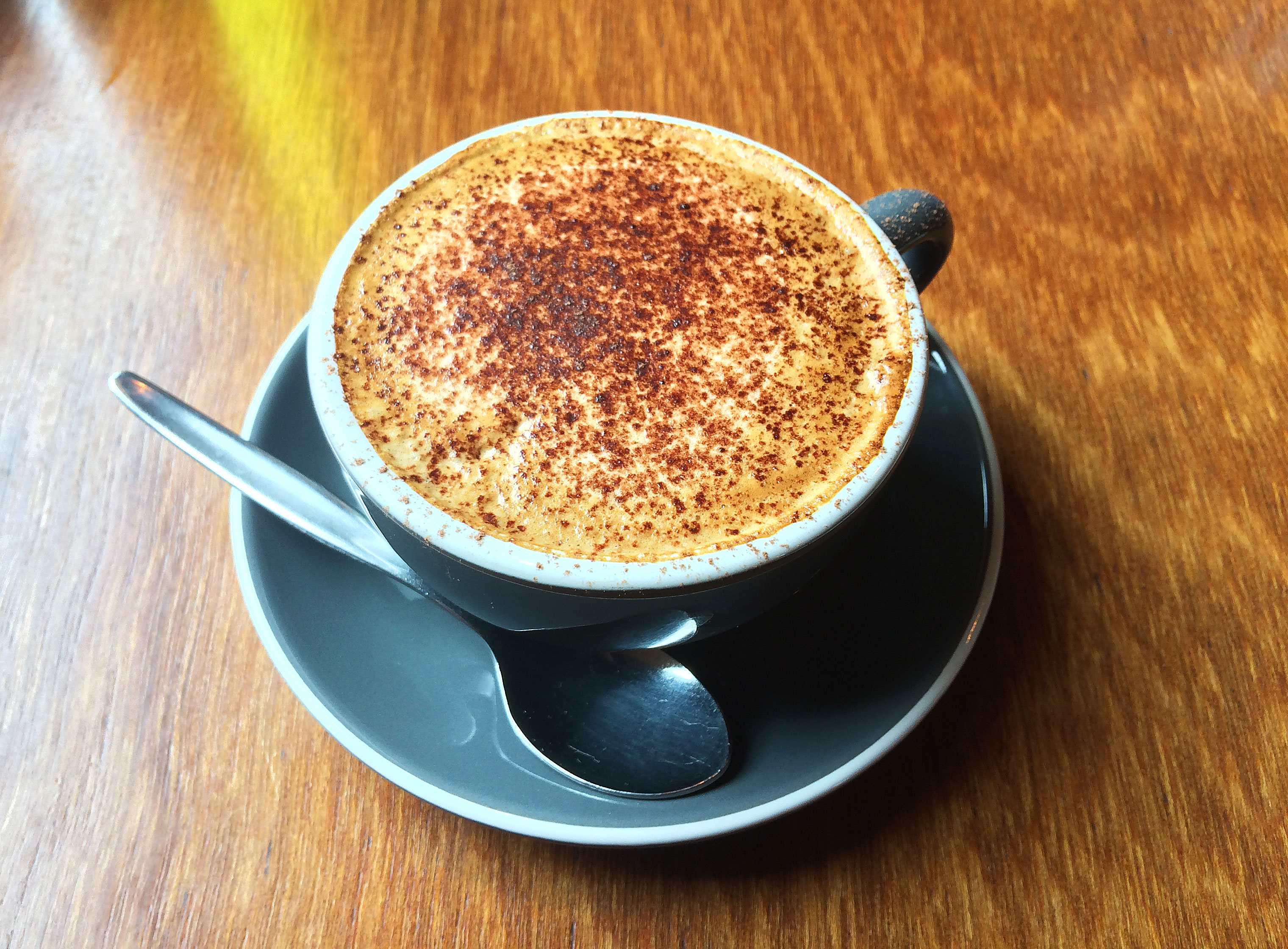|
Moccona
Moccona is a brand of coffee owned by JDE Peet's. Varieties Moccona comes in the following flavour variations: * Classic Medium Roast * Classic Dark Roast * Caramel * Vanilla * Hazelnut * Temptation * Indulgence * Mystique * Espresso * Caffè Mocha Kenya * Select * Classic Half Caff * Decaffeinated Decaffeination is the removal of caffeine from coffee beans, cocoa, tea leaves, and other caffeine-containing materials. Decaffeinated products are commonly termed by the abbreviation decaf. To ensure product quality, manufacturers are required ... External links Moccona Australia websiteMoccona New Zealand websiteMoccona Russia websiteMalaysia Online Flagship Store References JDE Peet's Coffee brands {{product-stub ... [...More Info...] [...Related Items...] OR: [Wikipedia] [Google] [Baidu] |
JDE Peet's
JDE Peet's N.V. is an American-Dutch Multinational corporation, multinational coffee and tea company headquartered in Amsterdam. The company owns over 50 beverage brands, mostly of coffee, tea and hot chocolate. It was formed in 2015 following the merger of the coffee division of the United States, American Mondelez International with the Netherlands, Dutch Douwe Egberts as Jacobs Douwe Egberts. In December 2019, Jacobs Douwe Egberts (JDE) merged with Peet's Coffee to form JDE Peet's. This merger was followed by an initial public offering in 2020. The stock of JDE Peet's is listed on the Euronext Amsterdam stock exchange. History Predecessors Jacobs Douwe Egberts Jacobs Douwe Egberts (JDE) originated from the Dutch company Douwe Egberts, with roots in a grocery store founded in 1753. In 1978, Douwe Egberts was acquired by the American company Sara Lee Corporation. In 2012, Sara Lee spun off its coffee and tea division into D.E Master Blenders 1753 NV to focus on its core ... [...More Info...] [...Related Items...] OR: [Wikipedia] [Google] [Baidu] |
Coffee
Coffee is a beverage brewed from roasted, ground coffee beans. Darkly colored, bitter, and slightly acidic, coffee has a stimulating effect on humans, primarily due to its caffeine content, but decaffeinated coffee is also commercially available. There are also various coffee substitutes. Typically served hot, coffee has the highest sales in the world market for hot drinks. Coffee production begins when the seeds from coffee cherries (the '' Coffea'' plant's fruits) are separated to produce unroasted green coffee beans. The "beans" are roasted and then ground into fine particles. Coffee is brewed from the ground roasted beans, which are typically steeped in hot water before being filtered out. It is usually served hot, although chilled or iced coffee is common. Coffee can be prepared and presented in a variety of ways (e.g., espresso, French press, caffè latte, or already-brewed canned coffee). Sugar, sugar substitutes, milk, and cream are often added to mask ... [...More Info...] [...Related Items...] OR: [Wikipedia] [Google] [Baidu] |
Caramel
Caramel ( or ) is a range of food ingredients made by heating sugars to high temperatures. It is used as a flavoring in puddings and desserts, as a filling in bonbons or candy bars, as a topping for ice cream and custard, and as a colorant commonly used in drinks. The process of caramelization primarily consists of heating sugars slowly to around . As the sugar heats, the molecules break down and re-form into compounds with a characteristic colour and flavour. A variety of sweets, desserts, toppings, and confections are made with caramel, including tres leches cake, brittles, nougats, pralines, flan, crème brûlée, crème caramel, and caramel apples. Ice creams are sometimes flavored with or contain swirls of caramel. Etymology The English word comes from French ', borrowed from Spanish (18th century), itself possibly from Portuguese '. Most likely that comes from Late Latin ' 'sugar cane', a diminutive of 'reed, cane', itself from Greek . Less likely, it com ... [...More Info...] [...Related Items...] OR: [Wikipedia] [Google] [Baidu] |
Vanilla
Vanilla is a spice derived from orchids of the genus ''Vanilla (genus), Vanilla'', primarily obtained from pods of the flat-leaved vanilla (''Vanilla planifolia, V. planifolia''). ''Vanilla'' is not Autogamy, autogamous, so pollination is required to make the plants produce the fruit from which the vanilla spice is obtained. In 1837, Belgian botanist Charles François Antoine Morren discovered this fact and pioneered a method of artificially pollinating the plant. The method proved financially unworkable and was not deployed commercially. In 1841, Edmond Albius, a 12-year-old slave who lived on the French island of Réunion in the Indian Ocean, discovered that the plant could be hand-pollination, hand-pollinated. Hand-pollination allowed global cultivation of the plant. Noted French botanist and plant collector Jean Michel Claude Richard falsely claimed to have discovered the technique three or four years earlier. By the end of the 20th century, Albius was considered the ... [...More Info...] [...Related Items...] OR: [Wikipedia] [Google] [Baidu] |
Hazelnut
The hazelnut is the fruit of the hazel tree and therefore includes any of the nuts deriving from species of the genus '' Corylus'', especially the nuts of the species ''Corylus avellana''. They are also known as cobnuts or filberts according to species. Hazelnuts are used as a snack food, in baking and desserts, and in breakfast cereals such as muesli. In confectionery, they are used to make praline, and also used in combination with chocolate for chocolate truffles and products such as chocolate bars and hazelnut cocoa spreads such as Nutella. They are also used in Frangelico liqueur. Hazelnut oil, pressed from hazelnuts, is strongly flavored and high in monounsaturated fat. It is used as a cooking oil and as a salad or vegetable dressing. Turkey is the world's largest producer of hazelnuts, accounting for 58% of total production in 2023. Description A hazelnut cob is roughly spherical to oval, about long and in diameter, with an outer fibrous husk surrounding a sm ... [...More Info...] [...Related Items...] OR: [Wikipedia] [Google] [Baidu] |
Indulgence
In the teaching of the Catholic Church, an indulgence (, from , 'permit') is "a way to reduce the amount of punishment one has to undergo for (forgiven) sins". The ''Catechism of the Catholic Church'' describes an indulgence as "a remission before God of the temporal punishment due to sins whose guilt has already been forgiven, which the faithful Christian who is duly disposed gains under certain prescribed conditions…" The recipient of an indulgence must perform an action to receive it. This is most often the saying (once, or many times) of a specified prayer, but may also include a pilgrimage, the visiting of a particular place (such as a shrine, Church (building), church, or cemetery), or the performance of specific good works. Indulgences were introduced to allow for the remission of the severe penances of the early church and granted at the intercession of Christians awaiting martyrdom or at least imprisoned for the faith.Cross, F. L., ed. ''The Oxford Dictionary of the ... [...More Info...] [...Related Items...] OR: [Wikipedia] [Google] [Baidu] |
Espresso
Espresso (, ) is a concentrated form of coffee produced by forcing hot water under high pressure through finely ground coffee beans. Originating in Italy, espresso has become one of the most popular coffee-brewing methods worldwide. It is characterized by its small serving size, typically 25–30 ml, and its distinctive layers: a dark body topped with a lighter-colored foam called "crema". Espresso machines use pressure to extract a highly concentrated coffee with a complex flavor profile in a short time, usually 25–30 seconds. The result is a beverage with a higher concentration of suspended and dissolved solids than regular drip coffee, giving espresso its characteristic body and intensity. While espresso contains more caffeine per unit volume than most coffee beverages, its typical serving size results in less caffeine per serving compared to larger drinks such as drip coffee. Espresso serves as the base for other coffee drinks, including cappuccino, Latte, caffè latte, ... [...More Info...] [...Related Items...] OR: [Wikipedia] [Google] [Baidu] |
Caffè Mocha
A mocha ( or ), also called mocaccino (), is a chocolate-flavoured variant of caffè latte, commonly served warm or hot in a glass rather than a mug. Other commonly used spellings are mochaccino and also mochachino. The name is derived from the city of Mokha, Taiz Governorate, Yemen, which was one of the centres of early coffee trade. The name is sometimes shortened to just mocha. Origin The name "mocha" is derived from the Yemeni port of Mokha, which was a port well-known for its coffee trade from the 15th to 17th century, and where small quantities of fine coffee grown in the hills nearby was exported. When coffee drinking culture spread to Europe, Europeans referred to coffee imports from Arabia as Mochas, even though coffee from Yemen itself was uncommon and frequently mixed with beans from Abyssinia, and later coffee from Malabar or the West Indies were also marketed as Mocha coffee. The coffee drink today called "mocha," however, is made by adding chocolate, a ... [...More Info...] [...Related Items...] OR: [Wikipedia] [Google] [Baidu] |
Decaffeination
Decaffeination is the removal of caffeine from coffee beans, cocoa, tea leaves, and other caffeine-containing materials. Decaffeinated products are commonly termed by the abbreviation decaf. To ensure product quality, manufacturers are required to test the newly decaffeinated coffee beans to make sure that caffeine concentration is relatively low. A caffeine content reduction of at least 97% is required under United States FDA standards. A 2006 study found decaffeinated drinks to contain typically 1–2% of the original caffeine content, but sometimes as much as 20%. Decaffeinated coffee Friedlieb Ferdinand Runge performed the first isolation of caffeine from coffee beans in 1820, after the German poet Goethe heard about his work on belladonna extract, and requested he perform an analysis on coffee beans. Though Runge was able to isolate the compound, he did not learn much about the chemistry of caffeine itself, nor did he seek to use the process commercially to produce decaf ... [...More Info...] [...Related Items...] OR: [Wikipedia] [Google] [Baidu] |








